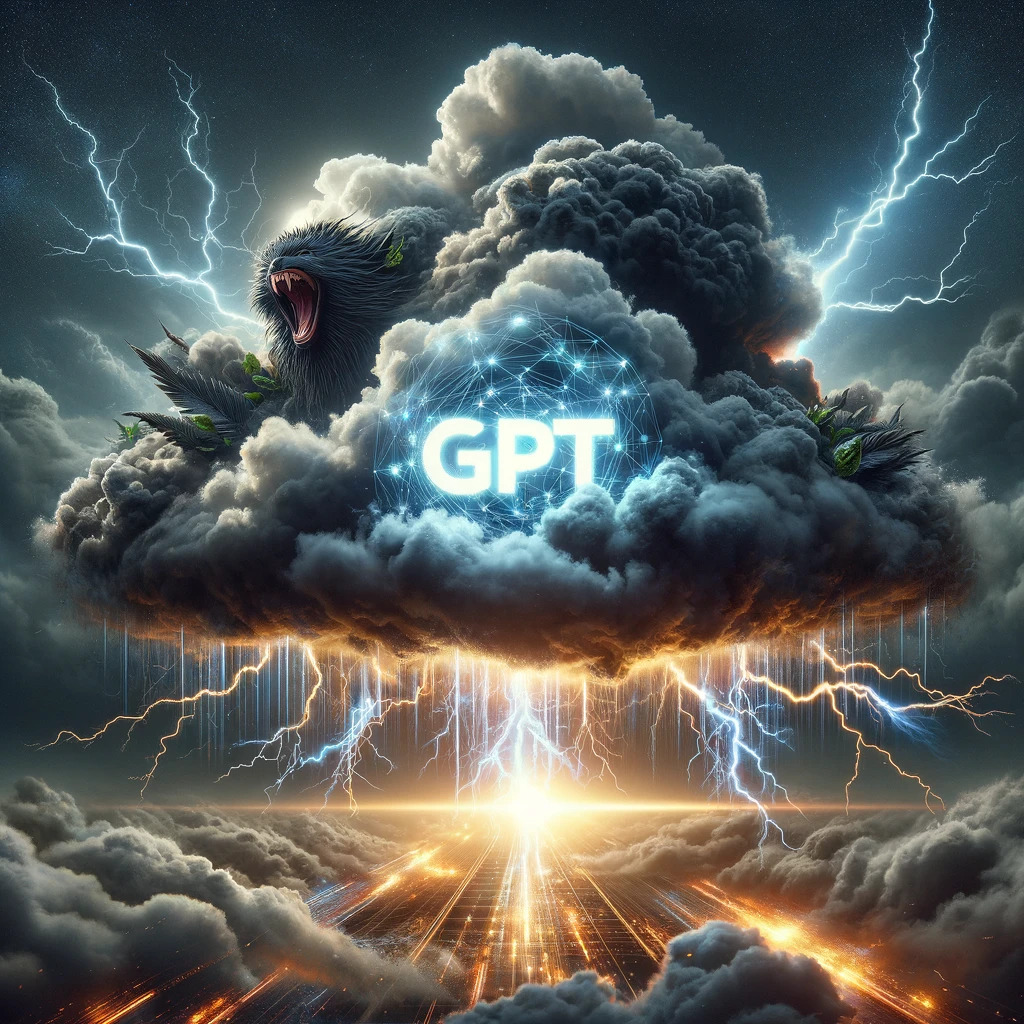In the tech world, there’s been a major shakeup at OpenAI, and it’s one for the books. Sam Altman, co-founder and a familiar face in tech circles, was shown the door, sparking a ton of buzz. Now, things seem to have settled down… for now. But it’s left us all wondering, what’s really going on ?
It’s like OpenAI has gone through a complete transformation. It’s got a new vibe, but whether it’s for the better is up for debate. Altman’s back in charge, which raises some eyebrows. The new board? It’s pretty homogenous (think all white and male), and OpenAI’s original, more philanthropic goals might be getting sidelined by more profit-driven motives.
The original OpenAI wasn’t without its flaws, though.
As of last Friday, OpenAI had a six-person board, including big names like Altman, Ilya Sutskever, Greg Brockman, Tasha McCauley, Adam D’Angelo, and Helen Toner. This board had major sway over OpenAI’s for-profit activities, thanks to its connection to a nonprofit with a major stake in the company.
OpenAI’s setup, crafted by its founders including Altman, was all about doing good. The nonprofit’s charter, short but sweet at 500 words, tasked the board with making sure AI benefits humanity. Profit? Revenue? Those words didn’t even make it into their main guiding document. Toner once said that even OpenAI’s collapse could align with their mission.
This model seemed to work for a while. But as investors and big players stepped in, the waters got muddier.
Then came the drama with Altman’s firing. It shook things up at OpenAI and even caught the attention of Microsoft CEO Satya Nadella and various investors like Vinod Khosla, all of whom were none too pleased. Legal threats and a potential mass resignation by OpenAI staff added to the chaos.
Despite this turmoil, Altman emerged victorious after a tense five-day standoff, with the board now reshuffled to his liking. OpenAI keeps its unique structure, with a focus on decisions that aren’t just about making money.
However, the story’s far from over. The new board, which includes Bret Taylor, D’Angelo, and Larry Summers, doesn’t scream diversity. In Europe, a board like this wouldn’t even fly due to gender diversity laws.
Noah Giansiracusa, a math professor at Bentley University and the author of a book on social media recommendation algorithms, takes issue both with the board’s all-male makeup and the nomination of Summers, who he notes has a history of making unflattering remarks about women:
- “Whatever one makes of these incidents, the optics are not good, to say the least — particularly for a company that has been leading the way on AI development and reshaping the world we live in,” Giansiracusa said via text. “What I find particularly troubling is that OpenAI’s main aim is developing artificial general intelligence that ‘benefits all of humanity.’ Since half of humanity are women, the recent events don’t give me a ton of confidence about this
Questions linger about why voices like Timnit Gebru or Margaret Mitchell weren’t considered for the board. With five seats still open, there’s a chance for OpenAI to make a more inclusive choice. But if they don’t, it could reinforce the idea that AI development can’t be left in the hands of just a few.
Experts in AI aren’t thrilled either. The board’s lack of diversity, especially in gender, and the inclusion of controversial figures like Summers, raise concerns about OpenAI’s commitment to its goal of benefiting all of humanity. Critics argue that a more diverse board would better tackle the ethical challenges in AI.
